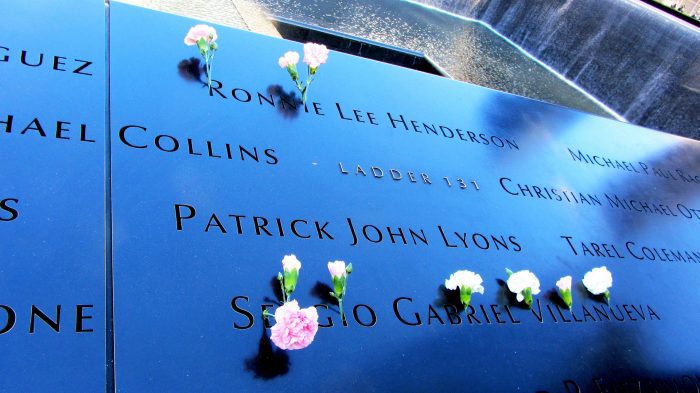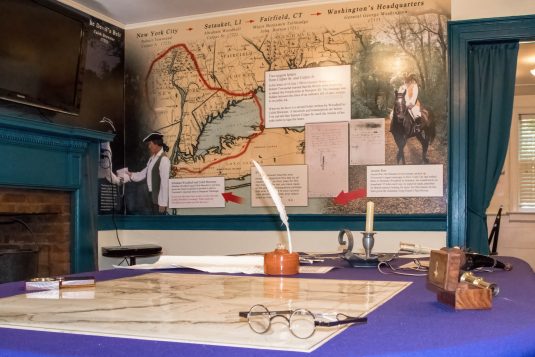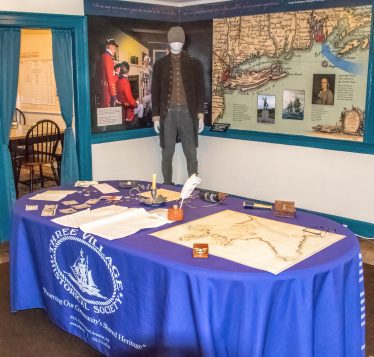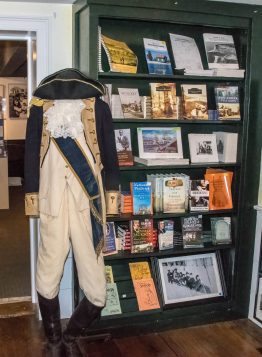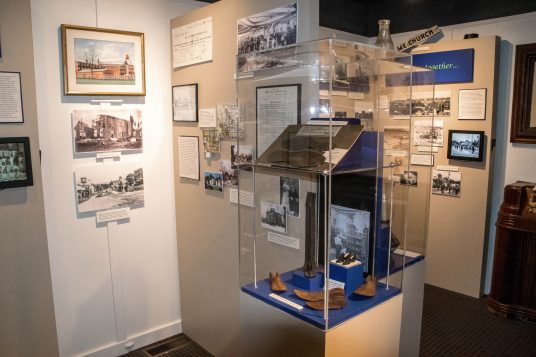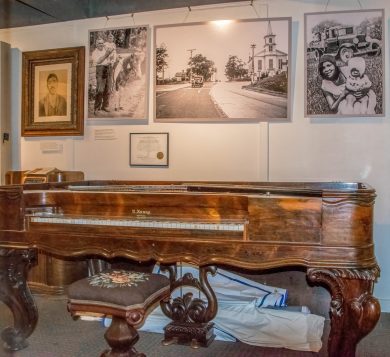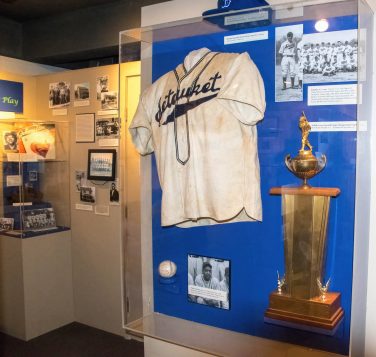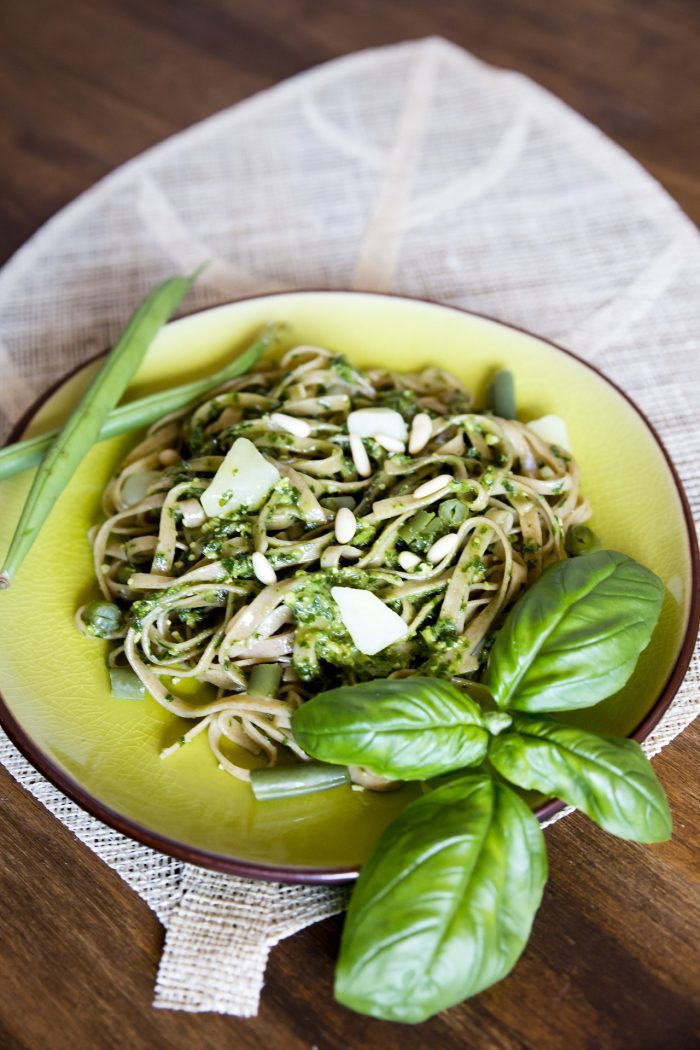By Leah S. Dunaief

If you grew up in an urban apartment, as I did, you would marvel, as I do, at living now in a house. Some of my earliest memories involve neighbors in the building.
For example, I loved to play jacks, a game on a hardwood floor with a bouncy rubber ball and 10 small metal pieces (called jacks), each to be lifted after the ball bounces but before it drops. When played, it surely made tapping noises on the ceiling of the apartment below, but that was nothing compared to the banging with what was probably a broomstick that the downstairs neighbor used to retaliate. The jacks trembled with each blow, and I certainly trembled at the attack. I remember bursting into tears and running to find my mother.
“You can’t play that game indoors,” my mother explained. “It bothers the neighbors.”
Another memory involves my husband and me, shortly after we were married and had moved into our first apartment. Canadian Royal Mounted Police aerobic exercises were popular then, we had bought the book and were in the first few lunges after work one evening when there was a loud knocking at our door. When my husband opened it, an older couple shouted at us that we were bringing down the ceiling on their heads, and what were we doing up there, anyway?
I’m skipping over the years of squeaky violin music being practiced in the apartment to the left of ours, the midnight screaming by the couple two apartments further down the hall, the acrid smell of cooking from the apartment to the right of us each night, and so many other instances giving proof that we were not alone in our building.
Of course, we made noises, too, and otherwise let our presence be known. That was apartment living and somehow, we all survived it.
The first time I lived in a house was when my husband was in the Air Force, and we were in base housing. To me, it was miraculously quiet, even though airplanes flew in regular intervals over our heads. “Someday we will have a house of our own, yes?” I asked my husband and kissed him when he agreed.
So then we moved to the North Shore of Long Island and had our own house. That was when I discovered that a house was a living thing. It needed tending regularly. The toilet wouldn’t flush, the kitchen faucet dripped, the light fixture sizzled out, the venetian blind got stuck in the open position, the dishwasher wouldn’t dispense soap, the cabinet door was askew, there were ants in the basement and the front door knob threatened to fall off.
But unlike in the service, there was no one to call who would cheerfully arrive, fix the problem, then wish us a good day and leave. Oh, we could summon repair people to come, but when they left, we were less than cheerful. They had each gone off with a large chunk of our disposable income. In fact, we were lucky if we didn’t have more than one problem per month. Usually, the breakdowns seemed to caucus with each other and happen all at once.
We still love our house. You might ask, why? The answer is simple. We have found a handyman. Just as every first baby should come with an instruction manual, every house should be accompanied by a handyman. This person is a quiet, unsung hero. He, and it’s almost always a he, arrives with little fanfare shortly after he is called, carries two screwdrivers, a regular and a Phillips head, a hammer, a wrench, maybe some tape and seemingly little else. He squats down and patiently analyses each problem, pulls out the uncomplicated tool and sets everything right.
Oh, and did I mention that he doesn’t ask a month’s mortgage?
Now this person is not easy to find. In fact, there must be several unsuccessful trials before Mr. Right comes along. Ask your neighbors, your friends, your cousin, the hardware store, anyone who might help with a referral, but they may not want to share. Good luck!



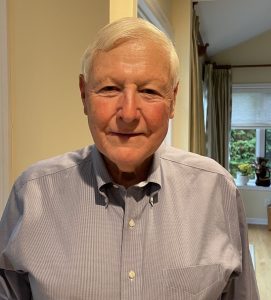
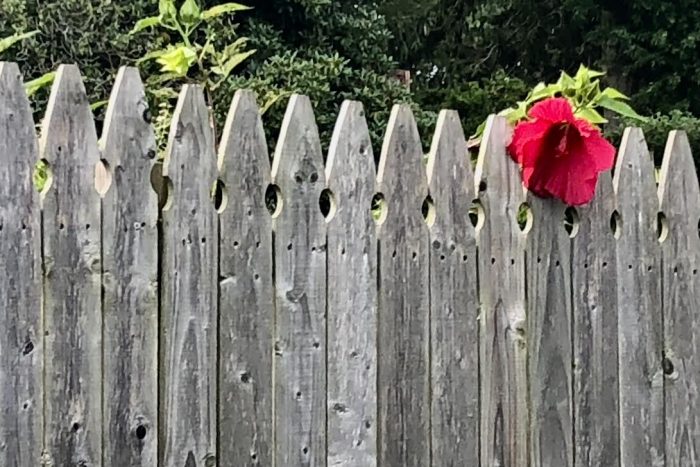


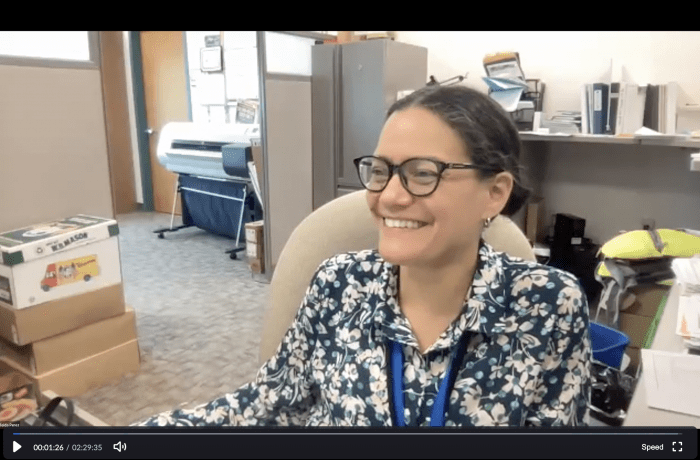



 Welcome to the ninth edition of Paw Prints, a monthly column for animal lovers dedicated to helping shelter pets find their furever home!
Welcome to the ninth edition of Paw Prints, a monthly column for animal lovers dedicated to helping shelter pets find their furever home!





